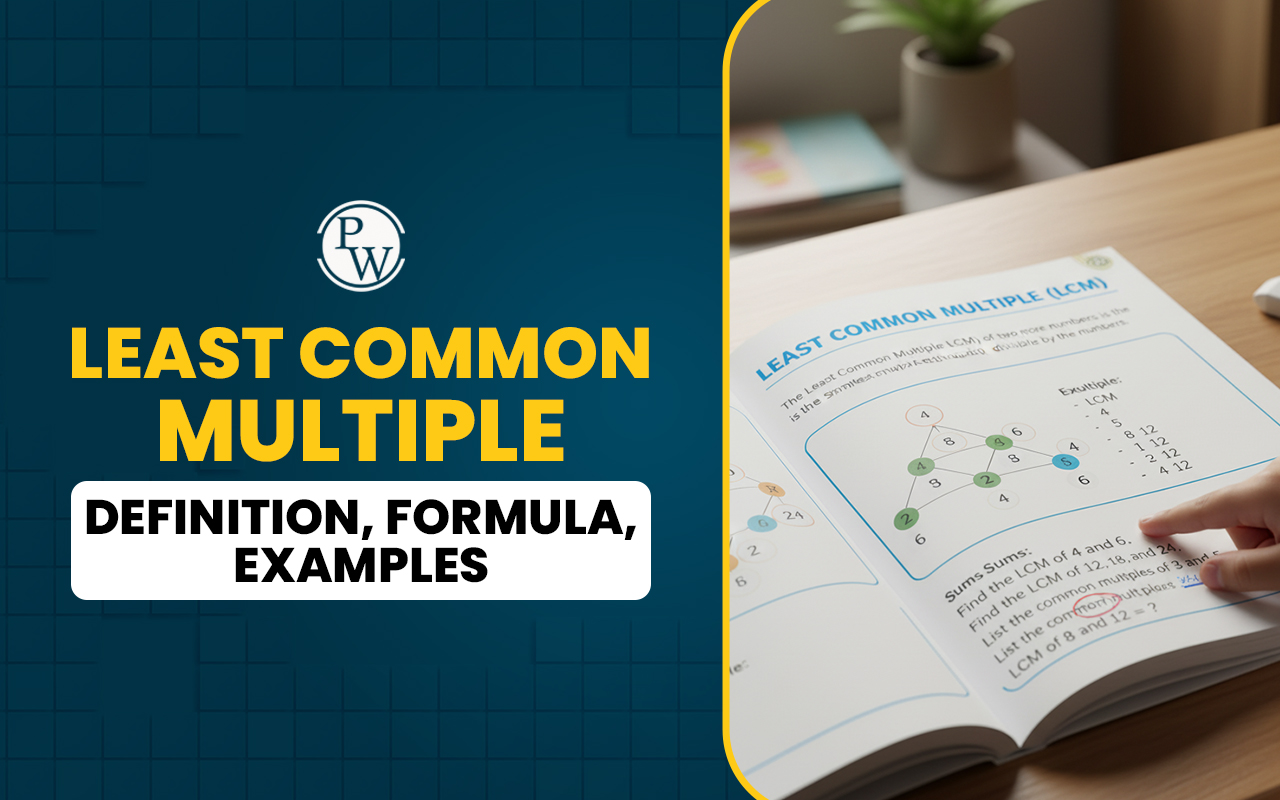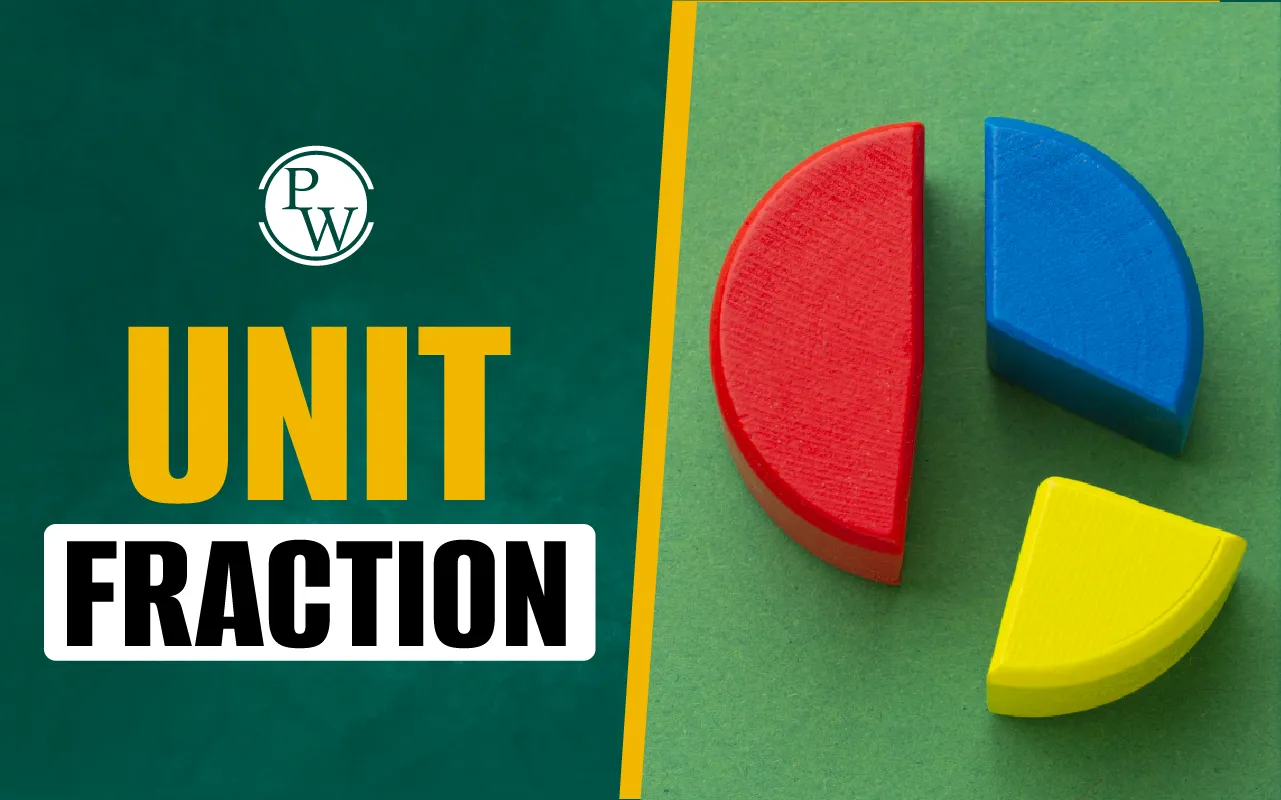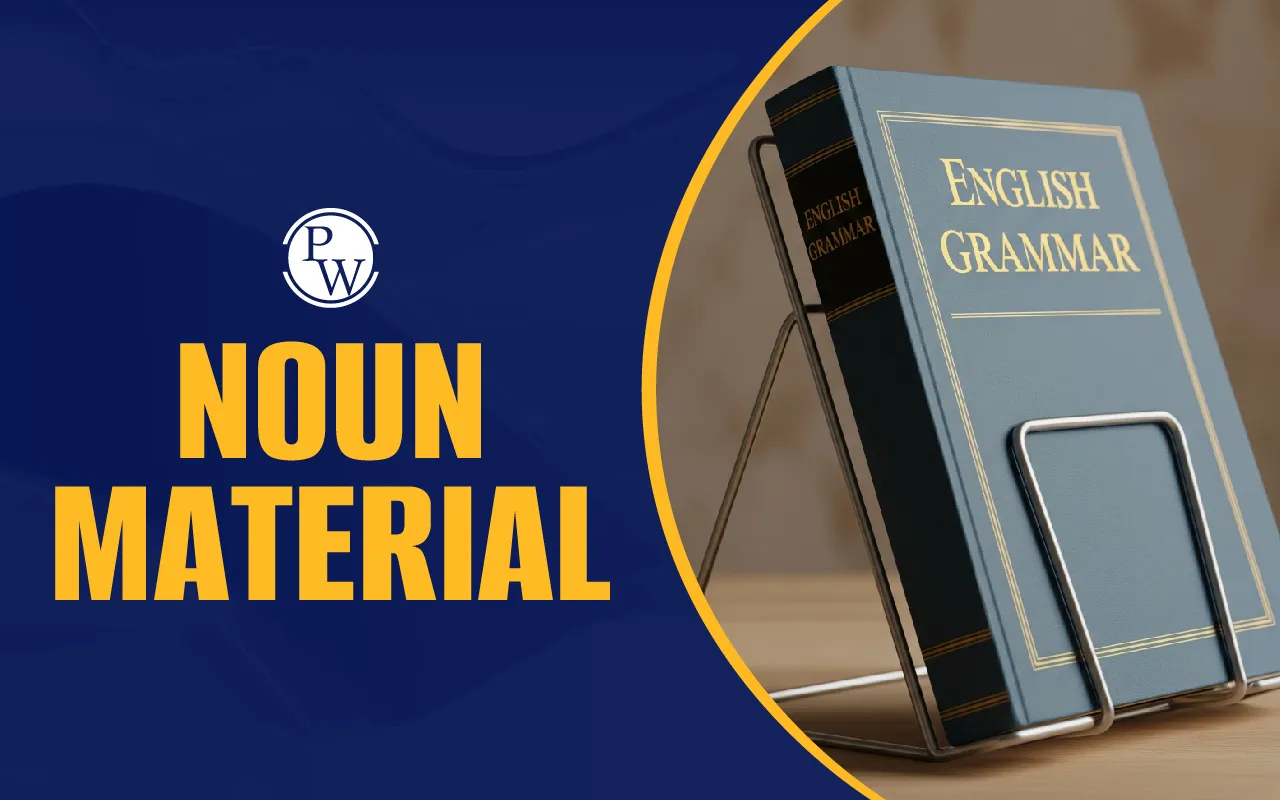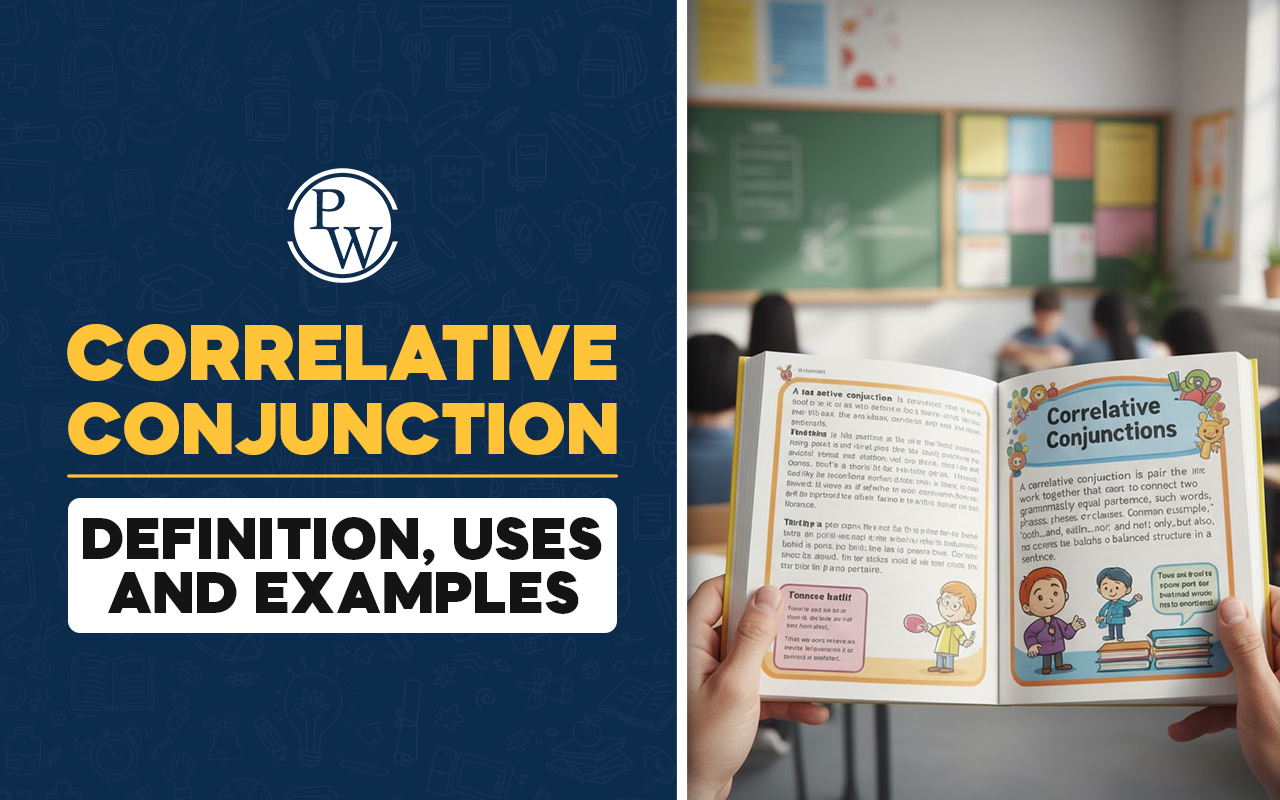
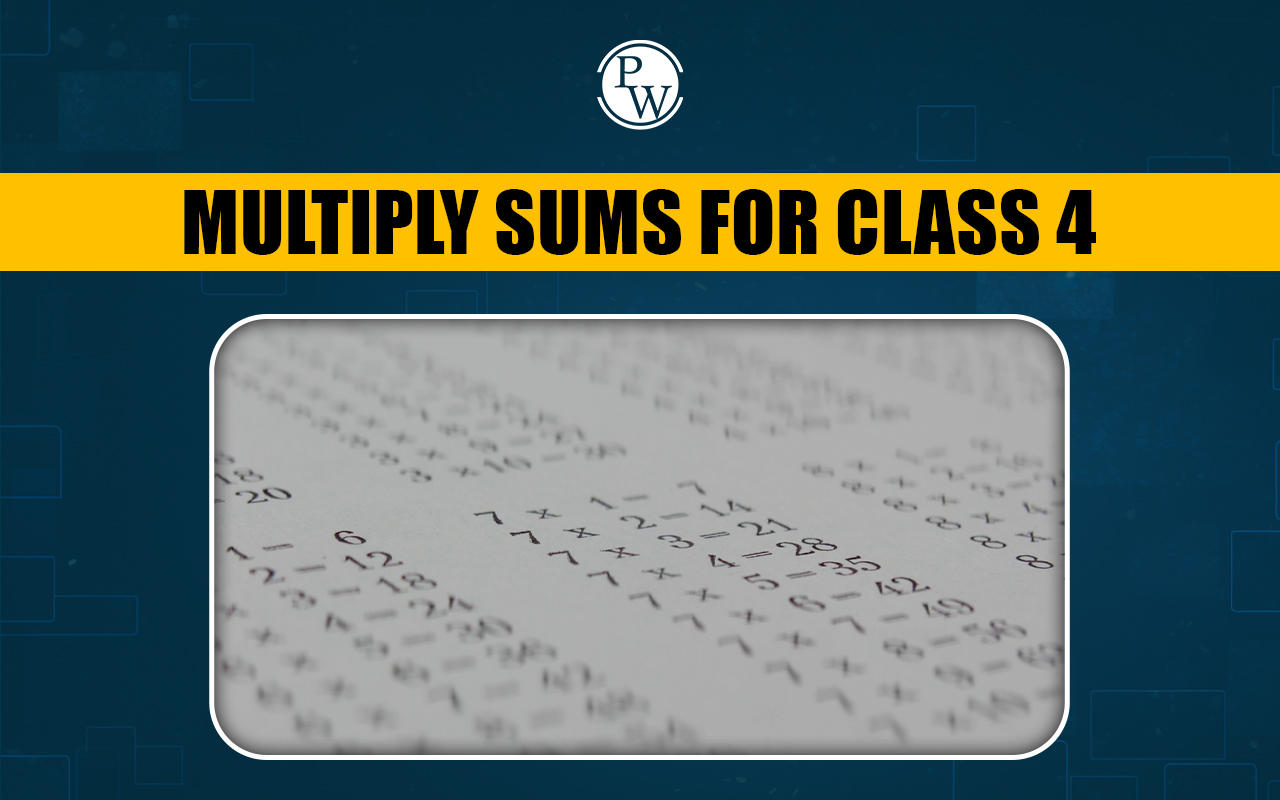
Multiply Sums for Class 4: Multiplication is a key mathematical skill introduced in Class 4 and practicing multiply sums helps students strengthen their problem-solving abilities.
Learning multiplication not only makes calculating faster but also helps in understanding more advanced concepts like division, fractions and algebra in later classes. By practicing multiply sums, students develop confidence in working with larger numbers and improve their mental math skills. Regular practice can also enhance their accuracy and speed, making daily tasks involving math easier.What is Multiplication?
Multiplication sum for class 4 is one of the basic arithmetic operations, used to calculate the total of equal-sized groups. It simplifies the process of repeated addition. For example, if you have 3 groups of 4 apples each, instead of adding 4 + 4 + 4, you can multiply 3 × 4 to get 12.- Factors : The numbers you multiply are called factors (e.g., 3 and 4).
- Product : The result of the multiplication is called the product (e.g., 12).
Read More - Factorial: Meaning, Formula, Values for Numbers 1 to 10
Multiplication Formula
The multiplication formula is a basic mathematical expression used to multiply two numbers. It is written as:Multiplicand × Multiplier = Product
- Multiplicand : The first number, which is being multiplied.
- Multiplier : The second number, which tells how many times to multiply the multiplicand.
- Product : The result of the multiplication.
Example :
In the expression 7 × 4 = 28 :- Multiplicand : 7
- Multiplier : 4
- Product : 28
Multiply Sums for Class 4 Overview
Multiplication sums for class 4 has been by the subject experts of Physics Wallah to help students strengthen their foundational skills in multiplication. These sums focus on building a clear understanding of how multiplication works, enabling students to solve problems efficiently. By practicing these sums students can enhance their ability to calculate and apply multiplication in various situations. The problems are structured to suit the learning pace of Class 4 students, ensuring they grasp the concept of multiplication effectively while gaining confidence in their mathematical skills.Multiply Sums for Class 4 PDF
Sum of multiplication for class 4 PDF provides a detailed set of multiplication exercises specially created for Class 4 students. This resource is created to help young learners practice and master multiplication for class 4, making it easier to solve everyday math problems. The sums are designed by experts to cater to the learning needs of students, ensuring a gradual increase in difficulty to challenge their understanding. You can access and download the PDF for free by clicking on the link provided below making it a convenient study tool for both students and teachers.Multiply Sums for Class 4 Worksheet
Multiplication Class 4 is an important math skill for helping students understand how to combine equal groups. Here are some examples of multiplication sums suitable for this grade level:Example 1: Basic Multiplication
Problem:
There are 5 rows of flowers, and each row has 8 flowers. How many flowers are there in total?Solution:
We can find the total number of flowers by multiplying the number of rows by the number of flowers in each row.- Number of rows = 5
- Flowers in each row = 8
- Total flowers = 5 × 8 = 40
Example 2: Word Problem
Problem:
A farmer has 7 boxes and each box contains 9 apples. How many apples does the farmer have altogether?Solution:
To find the total number of apples, we multiply the number of boxes by the number of apples in each box.- Number of boxes = 7
- Apples in each box = 9
- Total apples = 7 × 9 = 63
Read More - Quadrilateral: Definition, Types, Properties, Examples
Example 3: Using Arrays
Problem:
If you arrange 6 rows of chairs, with 5 chairs in each row, how many chairs are there in total?Solution:
This can be solved using multiplication. Each row has 5 chairs, and there are 6 rows.- Number of rows = 6
- Chairs in each row = 5
- Total chairs = 6 × 5 = 30
Example 4: Real-Life Scenario
Problem:
A bookshop sells packs of pencils, and each pack contains 15 pencils. If you buy 4 packs, how many pencils do you have?Solution:
To find the total number of pencils, multiply the number of packs by the pencils in each pack.- Number of packs = 4
- Pencils in each pack = 15
- Total pencils = 4 × 15 = 60
Read More - Measurement: Define, Type, Units, Charts and Scaling
Example 5: Multiplying by Zero
Problem:
What is the result when you multiply 12 by 0?Solution:
Any number multiplied by 0 equals 0.- 12 × 0 = 0
Example 6: Multiplying by One
Problem:
What is the result when you multiply 9 by 1?Solution:
Any number multiplied by 1 remains the same.- 9 × 1 = 9
Read More - Numbers: Definition, Types, and Properties
Practice Questions:
1. Problem: 9 × 3 = ?
Answer: 9 × 3 = 27
2. Problem: If there are 6 bags with 5 marbles in each bag, how many marbles are there in total?
Answer: 6 × 5 = 30 marbles
3. Problem: A teacher arranges 4 rows of desks, with 7 desks in each row. How many desks are there in total?
Answer: 4 × 7 = 28 desks
4. Problem: What is 11 × 0?
Answer: 11 × 0 = 0
5. Problem: A school bus has 10 rows of seats, and each row has 4 seats. How many seats are there in total?
Answer: 10 × 4 = 40 seats
6. Problem: If a box has 8 candies and you buy 5 boxes, how many candies will you have?
Answer: 5 × 8 = 40 candies
Additional Practice Problems:
- 7 × 5 = ?
- If you have 3 shelves, and each shelf holds 9 books, how many books are there altogether?
- 12 × 4 = ?
- A baker arranges cookies in 6 rows, with 8 cookies in each row. How many cookies are there in total?
- 0 × 6 = ?
- If you buy 3 packs of 12 colored pencils each, how many colored pencils do you have in total?
- 9 × 7 = ?
- If a car rental company has 5 cars, and each car can seat 4 people, how many people can be seated in total?
Read More - Differentiation: Formulas, Functions, Rules, and Examples
Tips and Tricks to Solve Multiplication Sums for Class 4
Here are some useful tips and tricks to help Class 4 students solve multiplication sums easily and efficiently:- Tip: The most fundamental trick to solving multiplication problems is memorizing multiplication tables up to 12 (or higher if possible). This will allow you to calculate quickly without needing to multiply from scratch.
- Example: Knowing that 7 × 8 = 56 will save time during exams.
- Tip: Break large numbers into smaller, more manageable parts. This is called the distributive property of multiplication.
- Example: To multiply 12 × 14, break it down as: 12 × 14 = 12 × (10 + 4) = (12 × 10) + (12 × 4) = 120 + 48 = 168
- Tip: Look for patterns to make multiplying easier.
- Multiplying by 0: Any number multiplied by 0 is always 0. Example: 9 × 0 = 0
- Multiplying by 1: Any number multiplied by 1 remains the same. Example: 12 × 1 = 12
- Multiplying by 10: Add a zero at the end of the number. Example: 7 × 10 = 70
- Tip: You can sometimes double one factor and halve the other to make multiplication easier.
- Example: 4 × 16 = (4 × 8) × 2 = 64 5 × 12 = (5 × 6) × 2 = 60
- Tip: Visualize multiplication using arrays or drawing grids. This helps you understand how multiplication works and breaks it down into simpler steps.
- Example: If you’re multiplying 3 × 4, draw 3 rows of 4 dots and count the total number of dots (12).
- Tip: To quickly multiply by 9, use your fingers. Hold up both hands and put down the finger corresponding to the number you're multiplying by 9. The fingers to the left of the folded finger represent the tens place, and the fingers to the right represent the ones place.
- Example: For 9 × 7, fold down the 7th finger. You’ll have 6 fingers on the left and 3 fingers on the right, so 9 × 7 = 63 .
- Tip: Multiplying by 5 can be simplified by halving the number and multiplying by 10.
- Example: 5 × 18 = (18 ÷ 2) × 10 = 9 × 10 = 90
- Tip: For small multiplication problems, use repeated addition to verify your answer.
- Example: 4 × 3 can be seen as 4 + 4 + 4 = 12 .
- Tip: Practice solving small multiplication sums in your head to increase speed and accuracy.
- Example: You can mentally solve problems like 6 × 6 = 36 without writing it down.
- Tip: Always double-check your work, especially for large numbers. One way is to reverse the order of the factors and multiply again to ensure you get the same result.
- Example: 8 × 5 = 40, and 5 × 8 = 40.
Join Online Kids Tuition Class Now!!
Multiply Sums for Class 4 FAQs
What is multiplication?
How do you multiply a number by zero?
How can arrays help with multiplication?
What is the difference between the multiplicand and multiplier?

